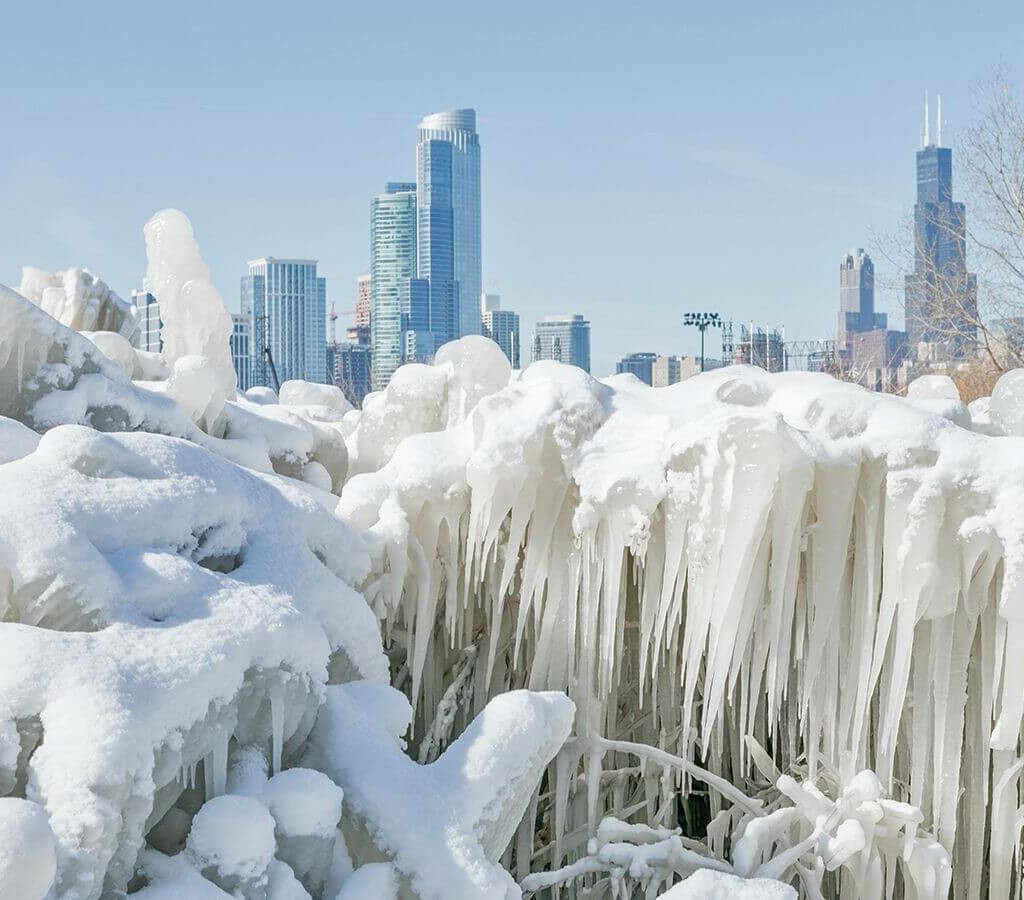Are we on the verge of a new Little Ice Age? Climate predictions suggest an imminent global cooling that could change the way we live. Learn how solar activity could trigger severe winters and affect our food security.
Historical Evolution and Current Perspectives
The Little Ice Age was a period of climatic cooling that affected the Northern Hemisphere from approximately the 14th to the 19th century. During this time, Europe and North America experienced longer winters and shorter, colder summers. This cooling was not constant but included several cold peaks interspersed with relatively warm intervals.
The impact of this era was significant. In Europe, rivers like the Thames in London frequently froze over, allowing the holding of fairs on the ice. Failed harvests and severe winters led to famines and economic hardships, especially for peasants and the poorer classes.
In North America, indigenous communities adapted their ways of life to the new climatic conditions, developing unique survival technologies and strategies.
Contemporary Predictions of a New Little Ice Age
Some Russian scientists, such as Vladimir Bashkin, have predicted the possibility of a new Little Ice Age. These experts argue that solar activity cycles, rather than human activities, are the main drivers of significant climate changes.
According to Bashkin and his colleague Rauf Galiulin, we are on the cusp of a new cooling period that could begin in the coming decades.
This forecast contrasts with the prevailing opinion on global warming, which many scientists attribute to human activity and CO2 emissions. However, proponents of the new Little Ice Age theory argue that the current warming is only a transient phase and that global cooling is inevitable due to the decrease in solar activity.
The debate between global warming and a possible new cooling cycle highlights the complexity of Earth’s climate and the need for a deeper understanding of the factors that affect it. The possibility of facing another period of intense cold raises important questions about how to adapt and prepare for these potentially drastic changes.
Consequences and Preparation for a New Little Ice Age
If a new Little Ice Age were to become a reality, the effects in Europe and the Northern Hemisphere would be significant. Colder climates could lead to longer winters and shorter summers, severely impacting agriculture.
Reduced harvests could cause food shortages and drive up prices, jeopardizing food security. Additionally, severe winters would affect infrastructure, increasing the demand for heating energy and complicating transportation.
The social impact would be notable. The economies of affected regions would have to adapt to new conditions, possibly reducing reliance on agriculture and increasing investment in technology and renewable energy. Everyday life would be altered and communities would need to develop new survival and adaptation strategies.
Adaptation to a New Ice Age
Learning from history is crucial for preparing for a possible global cooling. During the Little Ice Age, communities demonstrated a remarkable capacity for adaptation.
For example, in London, the fairs on the frozen Thames showed how people could turn a difficulty into an economic opportunity. In North America, indigenous communities adapted their agricultural and hunting practices to survive the harsh conditions.
Today, preparing for a new Little Ice Age would involve a series of strategic measures. Diversifying food sources, developing cold-resistant technologies and investing in suitable infrastructure would be essential.
Moreover, international cooperation could facilitate the exchange of resources and knowledge, helping to mitigate the negative effects of cooling.
Public policies would also play a vital role. Governments would need to implement action plans to ensure food and energy supplies and to protect vulnerable communities. Education and awareness about climate change and its potential effects would better prepare the population to face these challenges.
Consequences and Measures to Face Global Cooling
The possibility of a new Little Ice Age invites us to reflect on the impact of climate change on our lives and the need to be prepared for any eventuality.
Throughout history, we have seen how communities have overcome cooling periods through adaptation and innovation. Today, we face the challenge of understanding and preparing for potentially drastic climate changes, whether continuous global warming or a new cooling cycle.
Ultimately, the key to facing any climate change lies in our ability to adapt and learn from history. By doing so, we not only protect our present but also ensure a safer and more sustainable future for generations to come. Being informed and prepared will allow us to face any climate challenge with resilience and determination.





